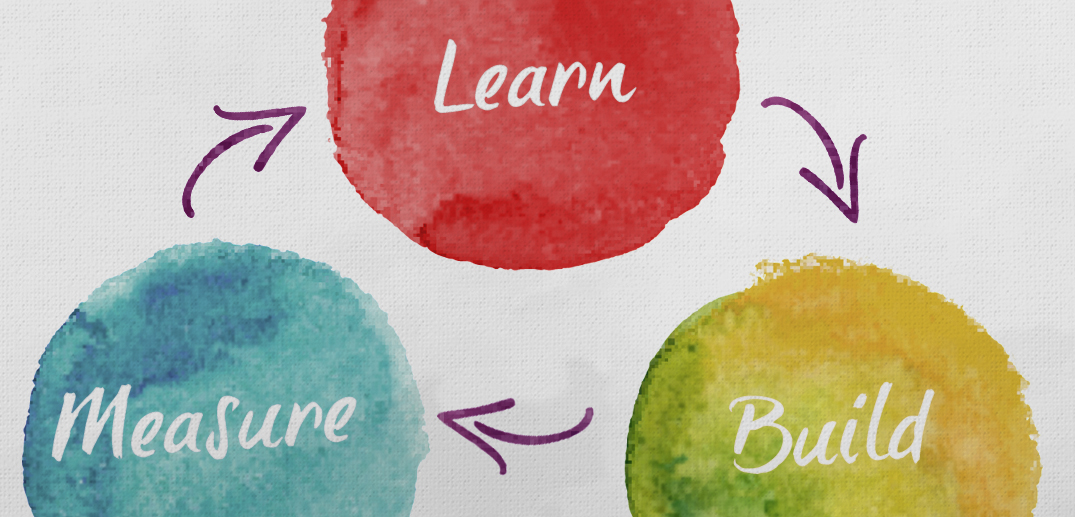MVP stands for Minimum Viable Product, a term coined by Eric Reis as part of The Lean Startup Methodology. Building an MVP means building the absolute simplest version of your idea in order to get customer feedback on the viability of your product.
No need to overthink here. The MVP could be a landing page explaining your product and asking people to sign up if they’re interested. Or it could be a rudimentary working prototype that future customers can use and provide feedback on.
The point is, it does not need to be perfect! It needs to be just good enough to get data about how the site or app will be used by your intended customers, and if it will provide a return on your investment.
Why is this lean methodology so important in your digital marketing efforts? Because scoping and building web applications is time consuming and expensive. However, when completed following these lean methodologies, you have a higher potential for ROI while constantly minimizing risk.
So you have an idea? Great! Scope and build your MVP, measure results from customer usage, and implement learnings in future releases. Rinse and repeat for the life or your web application for maximum return. You’re marketing like an MVP now.
FOOTNOTES – MVPs You Know
The first version of Groupon was a WordPress blog that highlighted a “deal of the day” – for example ½ price pizza on the ground floor of their office. People that wanted that deal commented on the post to show their intent to buy and information passed in a series of emails completed their purchase. Now, Groupon is a full-fledged online marketplace where one can buy groceries, getaways, and more, simply and securely through their robust web application or via mobile apps.
The first version of Facebook included simple profile information for each user (select universities’ students) and an ability to search for others by email address and become friends. Future releases included messaging, status updates and the news feed, notifications, events, and the plethora of other features we see in Facebook today.
